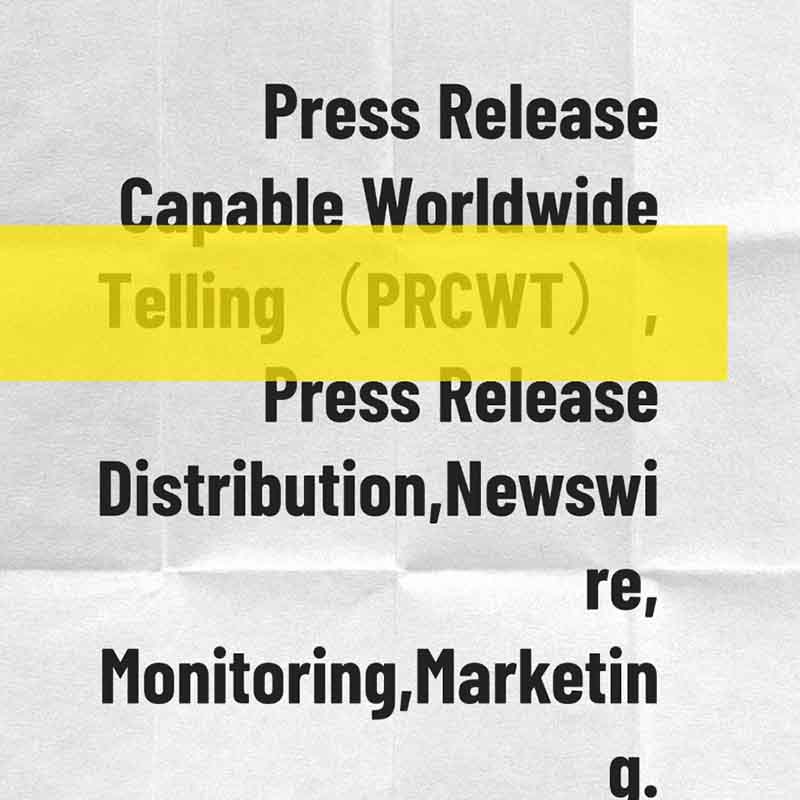In the digital age, media monitoring has become an essential tool for businesses and organizations to stay informed about the latest trends and conversations in the marketplace. It involves the systematic tracking and analysis of various media sources, including social media, news websites, blogs, and online forums, to gain insights into public sentiment, brand perception, and competitive intelligence.
The importance of media monitoring cannot be overstated. It allows companies to proactively manage their reputation, identify potential risks, and capitalize on emerging opportunities. By monitoring what is being said about their brand and products in the media, businesses can take timely actions to address negative feedback, enhance their marketing strategies, and build stronger customer relationships.
According to recent industry data, the global media monitoring market is expected to grow at a compound annual growth rate of over 10% in the coming years. This growth is driven by the increasing need for real-time information, the rise of social media, and the growing importance of data analytics in decision-making.

One of the key benefits of media monitoring is its ability to provide real-time insights into public sentiment. By tracking social media conversations and news articles in real-time, businesses can quickly respond to emerging issues and manage their reputation before they spiral out of control. For example, if a negative tweet about a company's product goes viral, the company can respond promptly with a customer service message or a product recall announcement to minimize the damage to its brand.
Another important aspect of media monitoring is its role in competitive intelligence. By monitoring the media for mentions of competitors, businesses can gain insights into their marketing strategies, product launches, and customer feedback. This information can then be used to develop more effective competitive strategies and stay ahead of the competition.

In addition to these benefits, media monitoring also offers valuable insights into emerging trends and consumer behavior. By analyzing media data, businesses can identify new market opportunities, understand changing consumer preferences, and develop innovative products and services. For example, if a particular trend is emerging in the media, a company may choose to invest in research and development to create a product that capitalizes on that trend.
To effectively utilize media monitoring, businesses need to have a clear understanding of their goals and objectives. They should also invest in the right tools and technologies to ensure accurate and timely data collection and analysis. Additionally, businesses should have a dedicated team or agency to manage their media monitoring efforts and ensure that the insights are translated into actionable strategies.
In conclusion, media monitoring is a powerful tool that can provide businesses with valuable insights into the marketplace and help them make informed decisions. By staying on top of the latest trends and conversations in the media, businesses can manage their reputation, build stronger customer relationships, and stay ahead of the competition.
